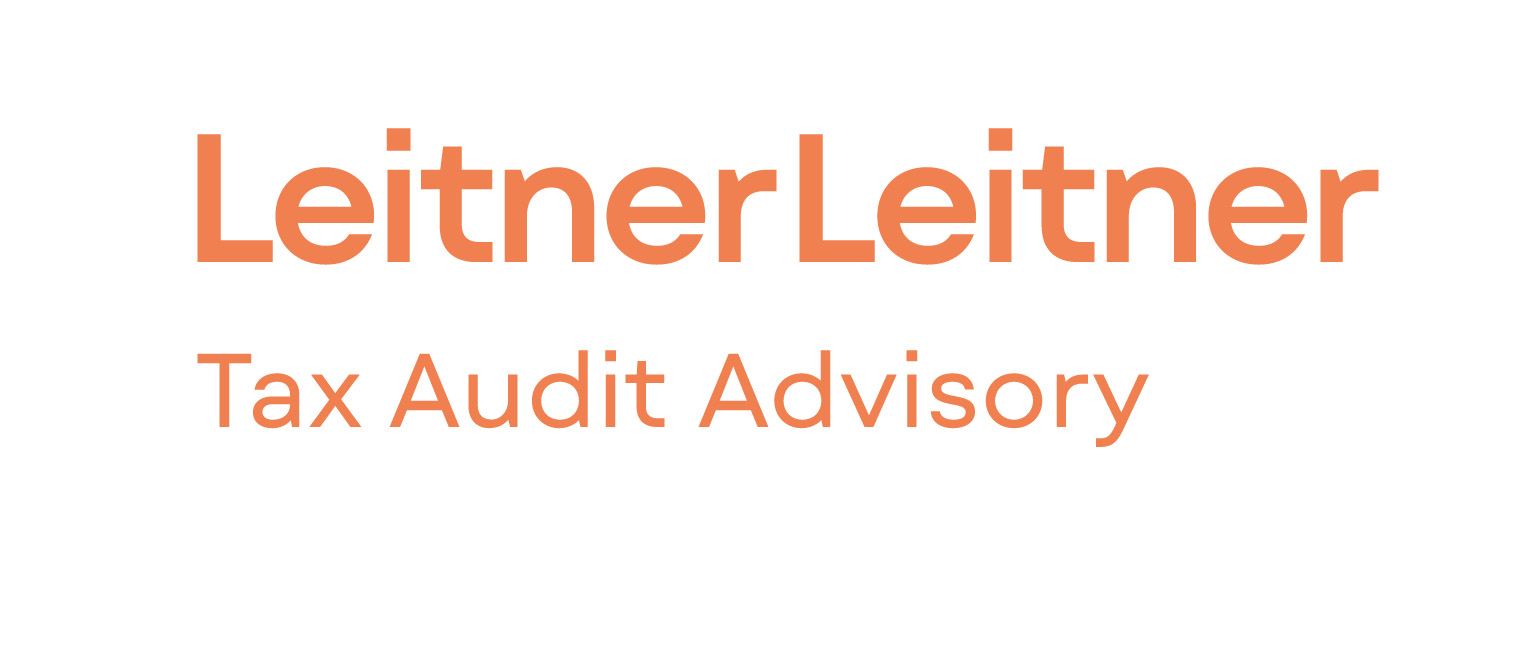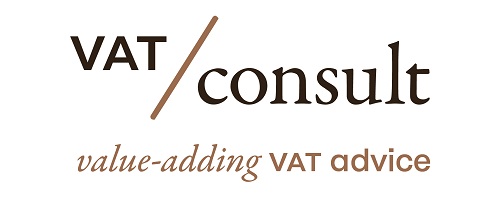- WEEE includes discarded electrical and electronic devices, from large appliances to small items like smartphones and lighting equipment.
- WEEE legislation shifts waste management responsibility to producers.
- To classify a product as WEEE, determine if it falls under relevant regulations.
- Key factors for WEEE classification include electrical or electronic operation and intended use.
- Products must depend on electric currents or electromagnetic fields and be intended for consumer or professional use.
- Practical steps for producers include reviewing the WEEE Directive, checking national legislation, assessing product functionality, considering intended use, categorizing the product, and documenting classification.
- National laws may vary, so it’s important to check the regulations in each country where products are marketed.
Source: pincvision.com
Click on the logo to visit the website
Note that this post was (partially) written with the help of AI. It is always useful to review the original source material, and where needed to obtain (local) advice from a specialist.
Latest Posts in "European Union"
- Playing Music Without Required License Is a Taxable Service, Says Advocate General
- PEM Zone: Implementation Status and Legal Fragmentation of Revised Origin Rules from January 2026
- Innovative Customs Education Workshop Spurs Collaboration; Final Chance for Universities to Apply for EU Recognition
- Briefing documents & Podcasts: VAT concepts explained through ECJ/CJEU cases on Spotify
- Navigating VAT Exemptions: Recent ECJ Judgments and Their Implications for Intra-Community Transactions and Imports















